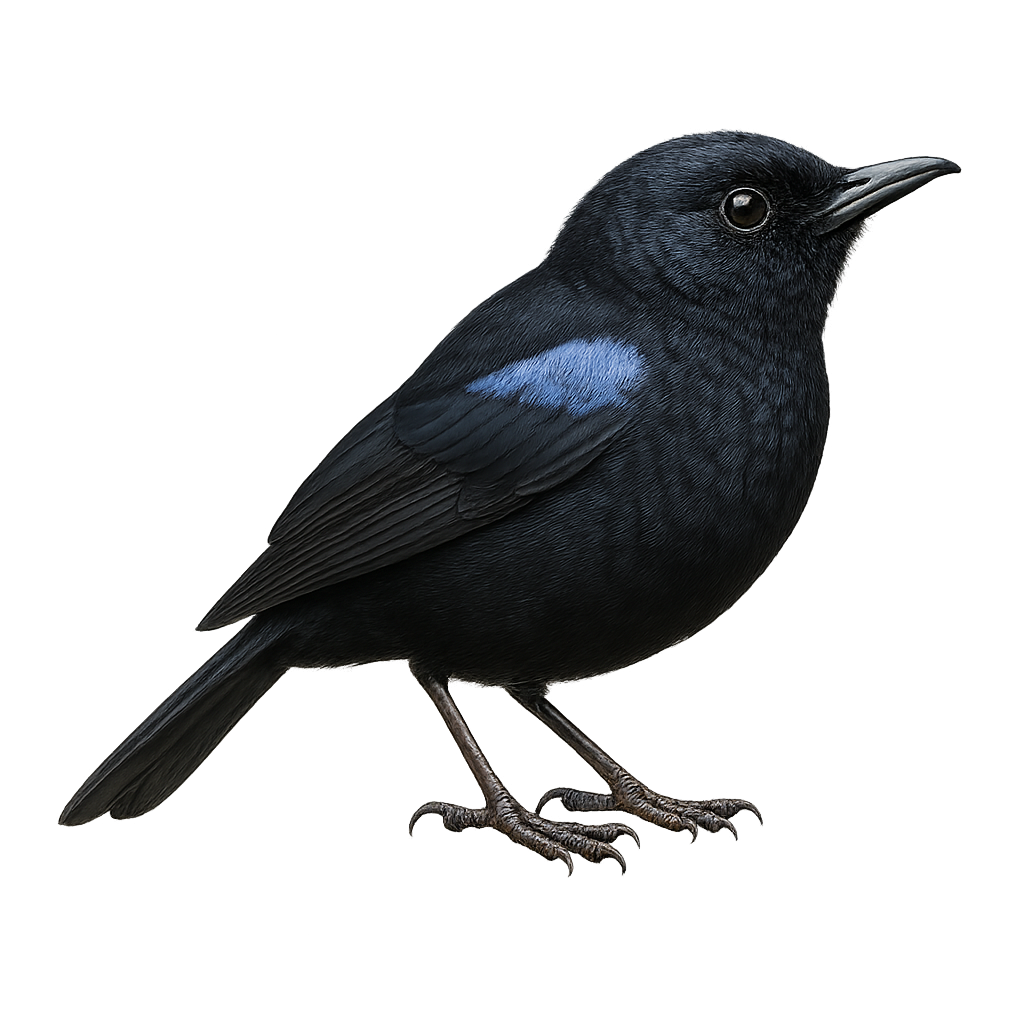Your wildlife photography guide.
Explore the black flowerpiercer in detail, study its behavior, prepare your shots.
Where to observe and photograph the black flowerpiercer in the wild
Learn where and when to spot the black flowerpiercer in the wild, how to identify the species based on distinctive features, and what natural environments it inhabits. The WildlifePhotographer app offers tailored photography tips that reflect the black flowerpiercer’s behavior, helping you capture better wildlife images. Explore the full species profile for key information including description, habitat, active periods, and approach techniques.
Black Flowerpiercer
Scientific name: Diglossa lafresnayii

IUCN Status: Least Concern
Family: THRAUPIDAE
Group: Birds
Sensitivity to human approach: Suspicious
Minimum approach distance: 5 m
Courtship display: March to April
Incubation: 15-17 jours
Hatchings: March to May
Habitat:
Humid forests, shrublands, mountains
Activity period :
Primarily active during the day, with peak activity in the morning and late afternoon.
Identification and description:
The Black Flowerpiercer is a small bird from the Thraupidae family, primarily found in the Andes of Colombia, Ecuador, and northern Peru. It is distinguished by its glossy black plumage and slender, hooked bill, adapted for piercing flowers and feeding on nectar. Males and females are similar, although females may have slightly duller shades. This bird is often seen in humid montane forests and shrublands, where it plays a crucial role in pollination. Its song is a mix of high-pitched, melodious notes, often heard at dawn. Although relatively common in its natural habitat, it is rarely seen outside mountainous areas.
Recommended lens:
400 mm – adjust based on distance, desired framing (portrait or habitat), and approach conditions.
Photography tips:
To photograph the Black Flowerpiercer, it is advisable to use a 400mm lens or longer to capture precise details without disturbing the bird. Look for it early in the morning when its activity peaks. Be patient and discreet, as this bird can be suspicious. Use a tripod to stabilize your camera and adjust ISO settings to compensate for the low light in humid forests. Try to capture the bird in flight to showcase its natural behavior and interaction with flowers.
The WildlifePhotographer App is coming soon!
Be the first to explore the best nature spots, track rutting seasons, log your observations, and observe more wildlife.
Already 1 439 wildlife lovers subscribed worldwide

